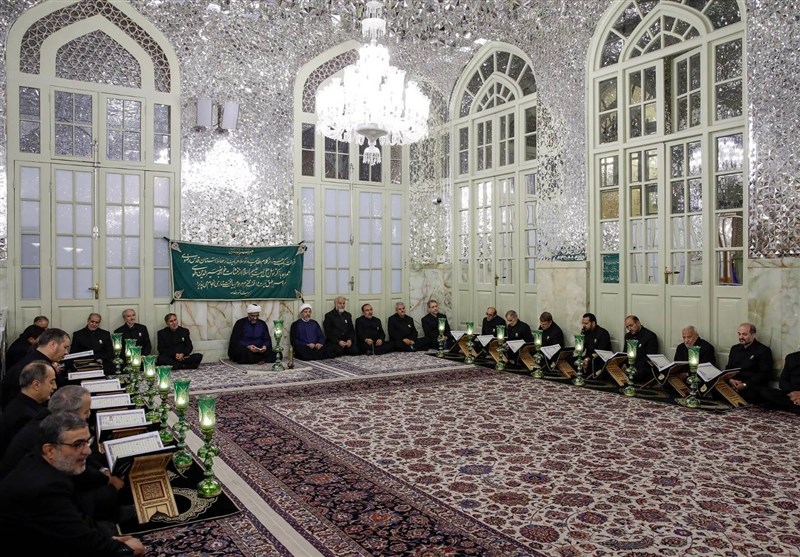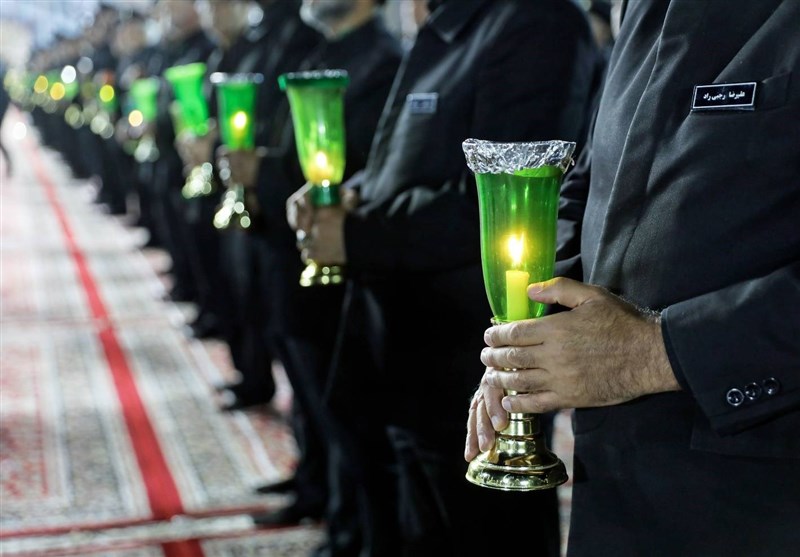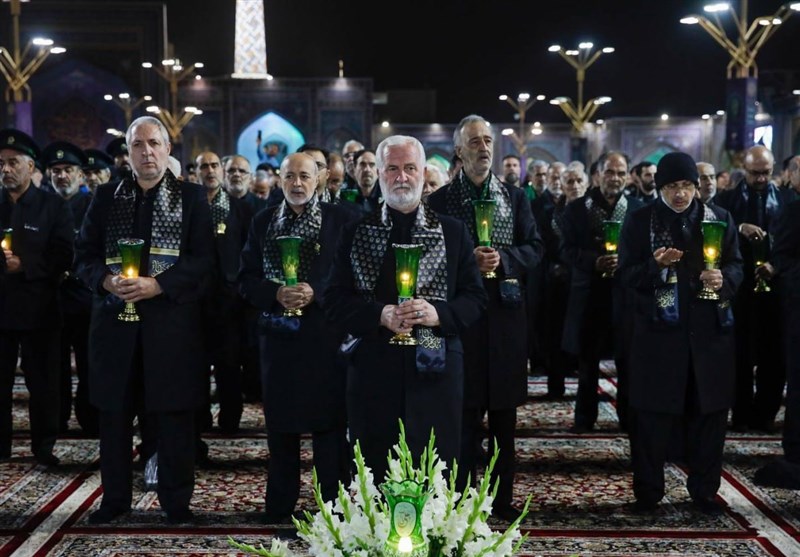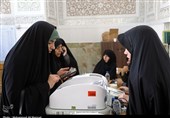Iran Adds Centuries-Old Rituals to National Heritage List
TEHRAN (Tasnim) – Iran has officially recognized the Sufeh ceremony, which dates back 1000 years, and the oration ritual, practiced for 500 years in the Imam Reza (AS) holy shrine, as part of its intangible heritage.
"These two ceremonies were selected through an interaction between my colleagues and their counterparts at the General Office of Cultural Heritage, Handicrafts, and Tourism two years ago," Seyyed Jallal Hosseini, the head of the Organization of Libraries, Museums, and Document Center of the holy shrine in Mashhad announced, adding, "The initial documents of the two ceremonies were gathered and sent to the related committee."
He explained that these two ceremonies were introduced and defended in the national council and finally registered this winter.

Oration Ritual; A Heritage from Safavid Era
The oration ritual, or khutbah reading, in the Imam Reza (AS) shrine involves reciting a speech in praise of God, the Prophet (PBUH), and the infallible Imams (AS). This tradition has been common since the Safavid era, with official records indicating that the preacher held an important position, recognized in endowment letters.
Reciting a sermon also signifies a mourning ceremony in the holy shrine, observed on the night of Ashura and the night of martyrdom of Imam Reza (AS) on the 30th of Safar, the second month of the lunar Islamic calendar. This solemn event takes place in the Enghelab Islami Courtyard, the oldest courtyard in the complex.

Sufeh Ceremony; a Ceremony with 1000 Years of Age
The Sufeh ceremony, which involves reciting the Holy Quran, is a revered tradition at the Imam Reza shrine that dates back over a thousand years. It takes place twice a day, half an hour after sunrise and immediately after Maghrib and Isha prayers, which are led by the complex's servants.
This ceremony comprises two parts: recitation of the Quran and the reading of fourteen stanzas of Khajeh Nasir al-Din Toosi, praising the infallible Imams (AS).
The ceremony is performed by fourteen members of the guard and a group of attendants who stand near the entrances of the meeting Dar al-Hufaz or, in certain circumstances, Dar al-Salam porticos.





